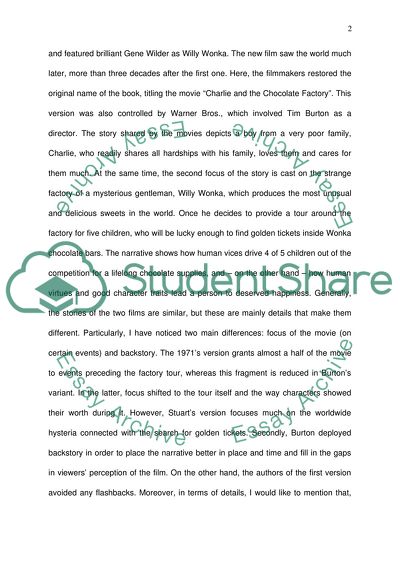Cite this document
(One Book and Two Different Wonkas Essay Example | Topics and Well Written Essays - 1750 words, n.d.)
One Book and Two Different Wonkas Essay Example | Topics and Well Written Essays - 1750 words. https://studentshare.org/visual-arts-film-studies/1854797-film-synopsis
One Book and Two Different Wonkas Essay Example | Topics and Well Written Essays - 1750 words. https://studentshare.org/visual-arts-film-studies/1854797-film-synopsis
(One Book and Two Different Wonkas Essay Example | Topics and Well Written Essays - 1750 Words)
One Book and Two Different Wonkas Essay Example | Topics and Well Written Essays - 1750 Words. https://studentshare.org/visual-arts-film-studies/1854797-film-synopsis.
One Book and Two Different Wonkas Essay Example | Topics and Well Written Essays - 1750 Words. https://studentshare.org/visual-arts-film-studies/1854797-film-synopsis.
“One Book and Two Different Wonkas Essay Example | Topics and Well Written Essays - 1750 Words”. https://studentshare.org/visual-arts-film-studies/1854797-film-synopsis.


